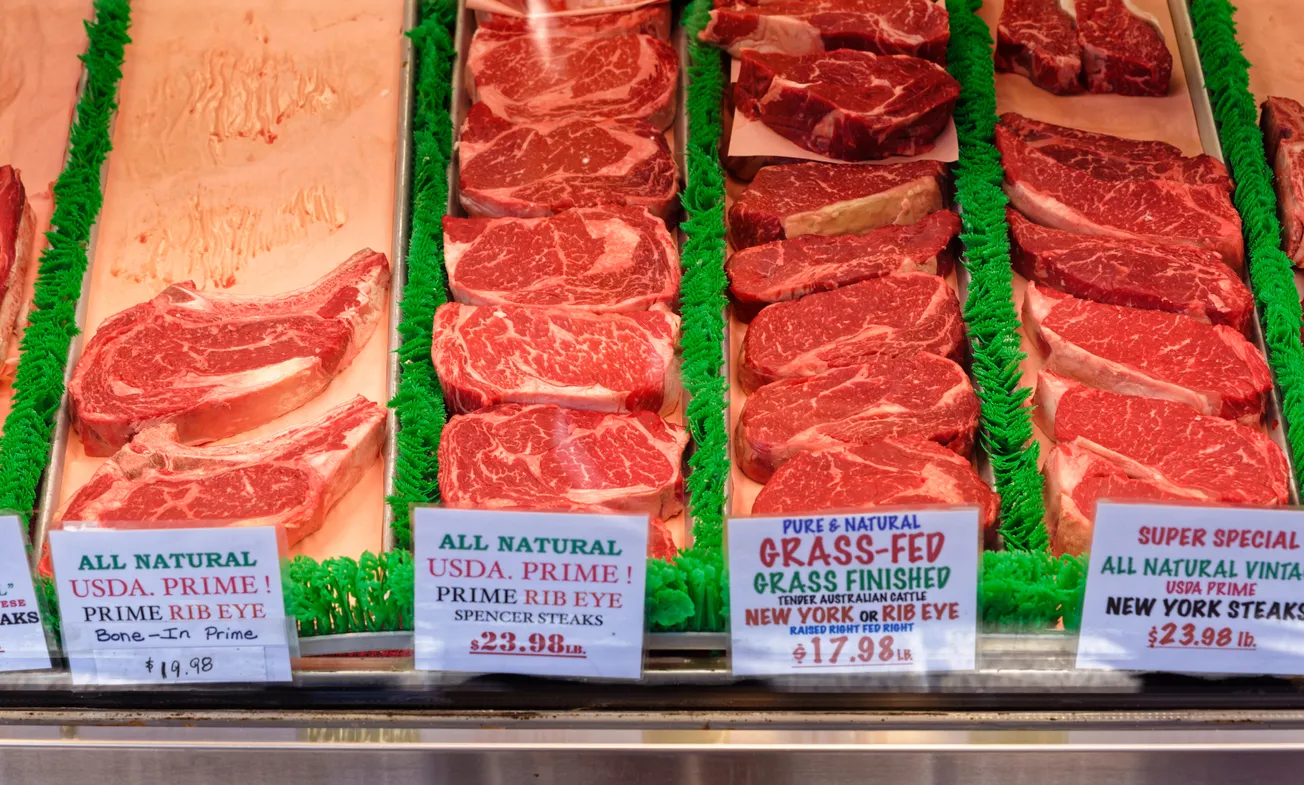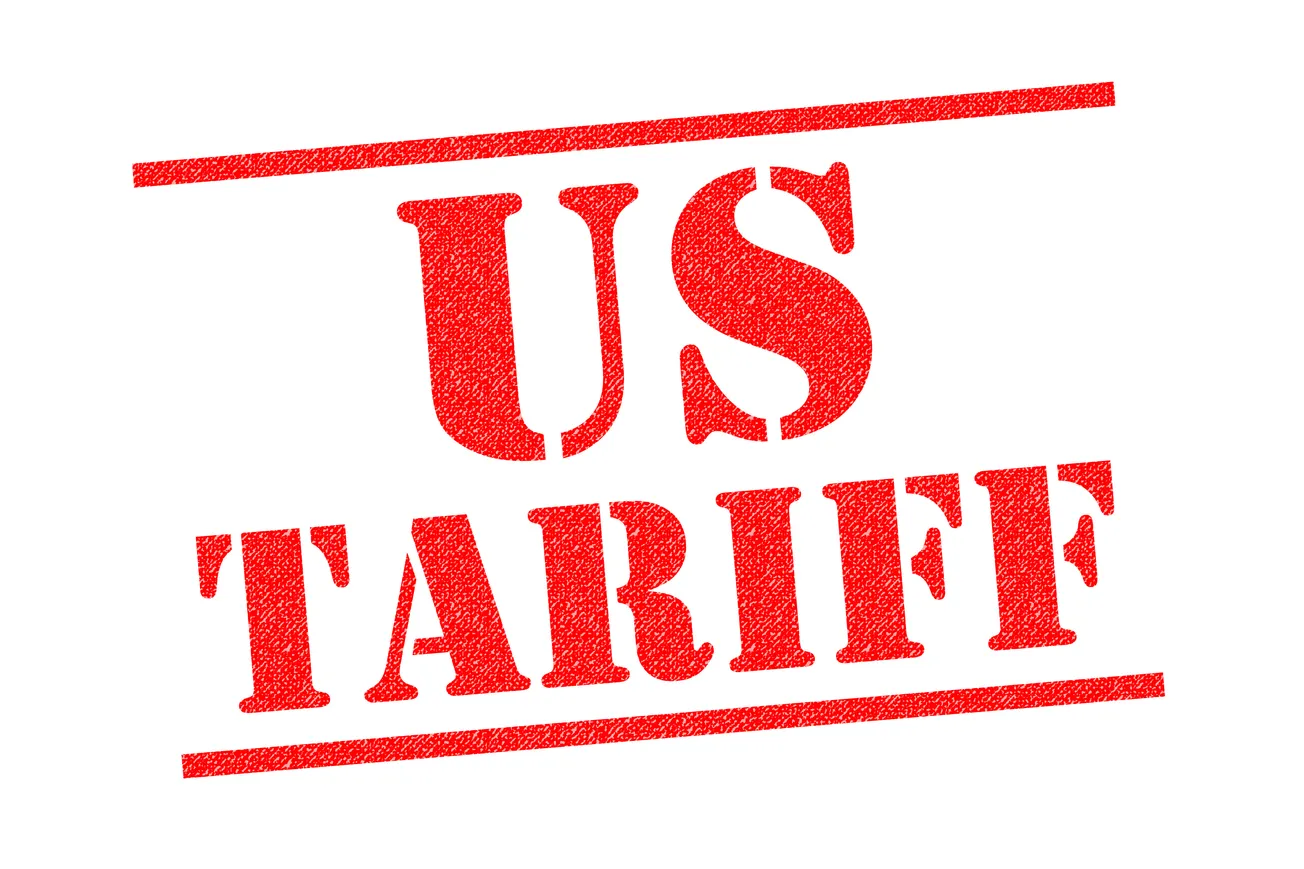Title: Understanding Non-Tariff-Related Grocery Shortages in the U.S.
In recent years, U.S. consumers have increasingly encountered empty shelves and rising prices on essential grocery items. While tariffs and trade policies often draw public attention, many of the most significant disruptions are rooted in non-tariff-related causes such as climate change, disease outbreaks, labor shortages, and supply chain breakdowns.
We examine the underlying causes, timeline, and potential solutions behind some of the most impactful shortages in both specific grocery items and broader product categories.
Condiments and Sauces: The Case of Sriracha and Similar Products
One of the most visible shortages in recent years has been Huy Fong Sriracha sauce. Starting in mid-2022, and continuing into 2024, consumers found it increasingly difficult to purchase the popular chili-garlic condiment.
The root cause was a severe drought in northern Mexico, which significantly reduced yields of red jalapeño peppers—an essential ingredient. Compounding the issue, Huy Fong Foods ended its relationship with a key supplier, creating a bottleneck in its sourcing pipeline. The pandemic further complicated logistics, leading to delays and stockpiling by consumers.
Similar issues affected other hot sauces and chili-based condiments such as Tabasco Green Jalapeño Sauce and certain chipotle-style sauces. Proposed solutions include diversifying sourcing strategies, utilizing greenhouse-grown peppers, and investing in long-term agricultural partnerships with growers in multiple regions.
Protein Products: Meat, Poultry, and Eggs
The availability of protein products like chicken, turkey, eggs, and ground beef has been heavily impacted from 2022 to 2025.
One of the main culprits is Highly Pathogenic Avian Influenza, which led to the culling of over 58 million birds in the U.S., sharply reducing egg and poultry supply. For instance, egg prices in late 2023 nearly doubled compared to previous years, affecting not just fresh eggs but also products like mayonnaise and baked goods.
Simultaneously, beef production has faced pressures from rising feed prices and droughts that decimated pastureland, especially in western states like Texas and California. Labor shortages in meat processing plants, some stemming from COVID-era disruptions, have also persisted.
Solutions range from government subsidies and biosecurity investments to accelerating the development of lab-grown or plant-based meat alternatives.
Sweeteners and Baking Ingredients: Sugar and Syrups
From 2023 onward, the availability of sugar and syrups has become a growing concern. Traditional sweeteners like granulated sugar, brown sugar, and corn syrup have seen reduced supply due to erratic weather events affecting sugarcane and sugar beet harvests in states like Florida, Louisiana, and Michigan.
Additionally, maple syrup production in the northeastern U.S. has been impacted by rising temperatures, which shorten the tapping season. China’s hygiene-driven suspension of syrup imports from Thailand—a major global supplier—has also disrupted global supply chains, particularly affecting pre-mixed beverage powders and flavored syrups used in cafes and commercial food production.
In response, there are calls for expanding climate-resilient crop research, incentivizing domestic production, and establishing food safety support for exporters.
Fresh Produce and Labor-Intensive Crops
Seasonal and persistent shortages of fruits and vegetables—including strawberries, romaine lettuce, tomatoes, citrus fruits, and asparagus—have been evident since 2021.
These shortages are primarily driven by two factors: reduced access to migrant labor and weather extremes. U.S. agriculture heavily depends on seasonal workers, and tighter immigration enforcement has reduced the workforce needed to plant, harvest, and pack crops. At the same time, climate change has brought severe droughts to California’s Central Valley and intensified storms in the Southeast, making production cycles less predictable.
The result is periodic scarcity of items like iceberg lettuce (which saw prices spike over 200% in late 2022) and high costs for fresh berries. Emerging solutions include investment in robotic harvesting, comprehensive immigration reform, and expansion of indoor vertical farms that can maintain stable growing conditions.
Dairy Products: Milk, Cheese, and Butter
The U.S. dairy industry has faced mounting challenges from 2022 through 2024, particularly affecting items like whole milk, cheddar cheese, butter, and cream.
Rising feed prices, higher fuel costs, and shortages of agricultural labor have made dairy production increasingly expensive. Droughts in the western U.S. have limited water availability for hay and alfalfa production—key components of dairy cow diets—thereby forcing some smaller operations to close.
The result has been price spikes and localized shortages, especially in rural or lower-volume markets.
Proposed responses include the development of drought-tolerant forage crops, farm modernization subsidies, and regulatory support for small- to mid-size dairies through co-op models and local distribution networks.
Packaged and Imported Goods
From mid-2023 onward, many shelf-stable and imported goods have experienced disruptions due to logistics and labor issues rather than tariffs.
The U.S. dockworkers’ strike across 36 major Atlantic and Gulf Coast ports severely delayed imports of canned tomatoes, dry pasta, snack foods, and alcoholic beverages. Brands like Barilla, San Marzano, and imported wines from Europe were notably affected.
In parallel, the “just-in-time” inventory model used by many grocers and suppliers has proven ill-equipped to handle multi-week port delays or shipping congestion.
Solutions being considered include investing in modernized port infrastructure, establishing regional warehousing hubs, and adopting more flexible inventory management strategies.
The recent wave of grocery shortages in the U.S. reveals a complex web of non-tariff-related challenges, ranging from climate volatility and disease to labor and logistical issues.
While some problems require long-term structural changes—such as climate adaptation and agricultural modernization—others could be mitigated through policy reform, industry innovation, and international cooperation.
By better understanding the nuanced and interconnected causes behind these shortages, stakeholders can build a more resilient and adaptable food system that is better prepared for future disruptions.









